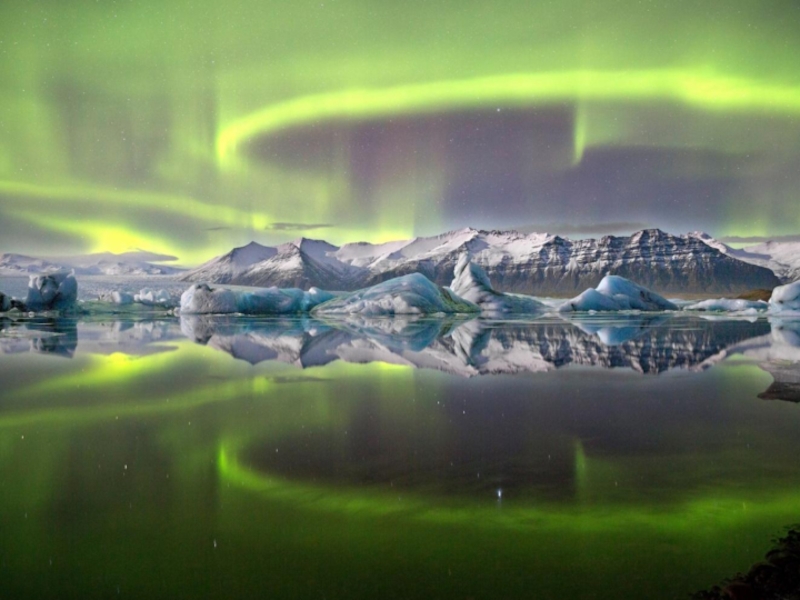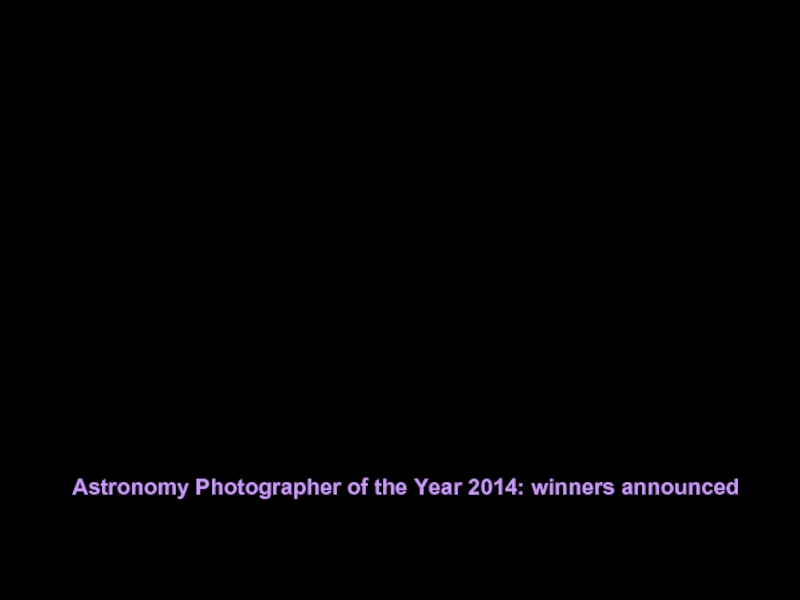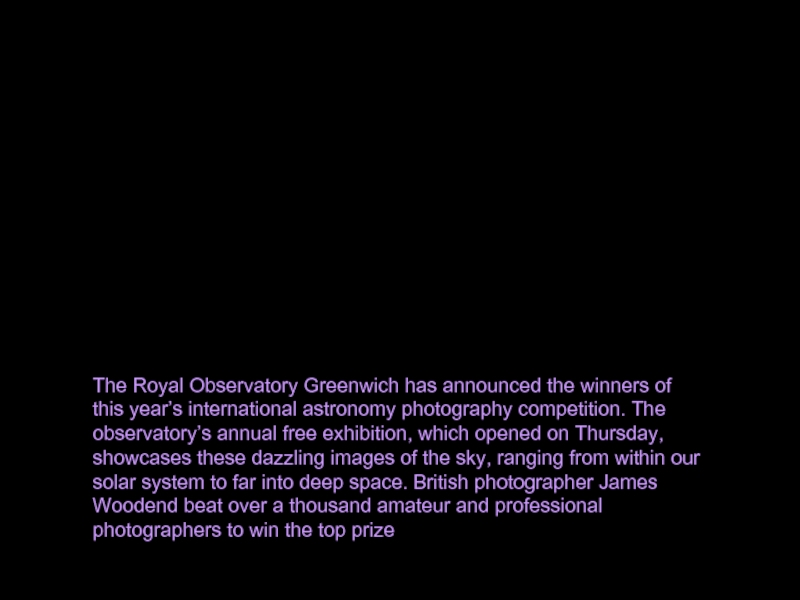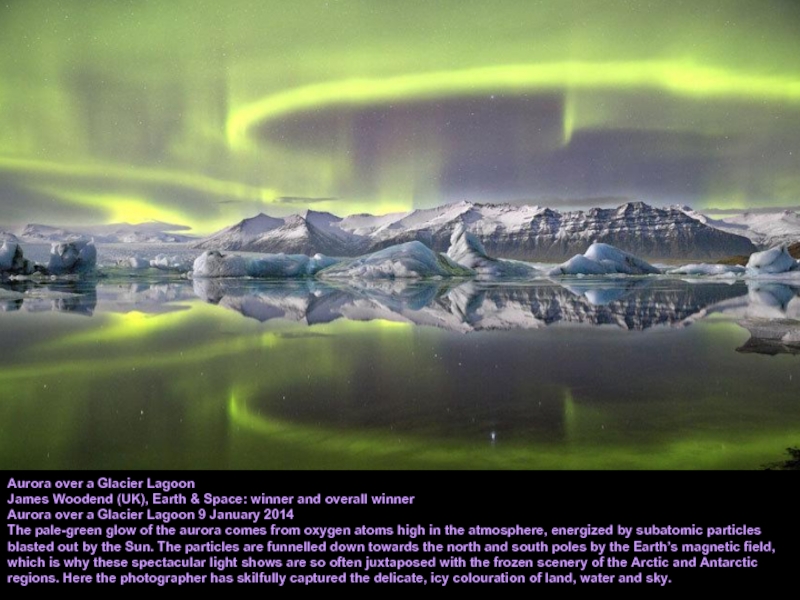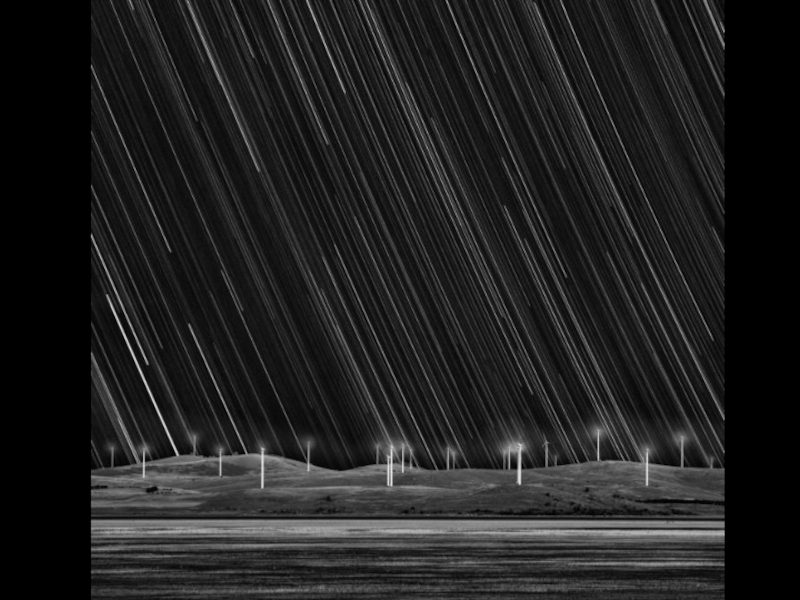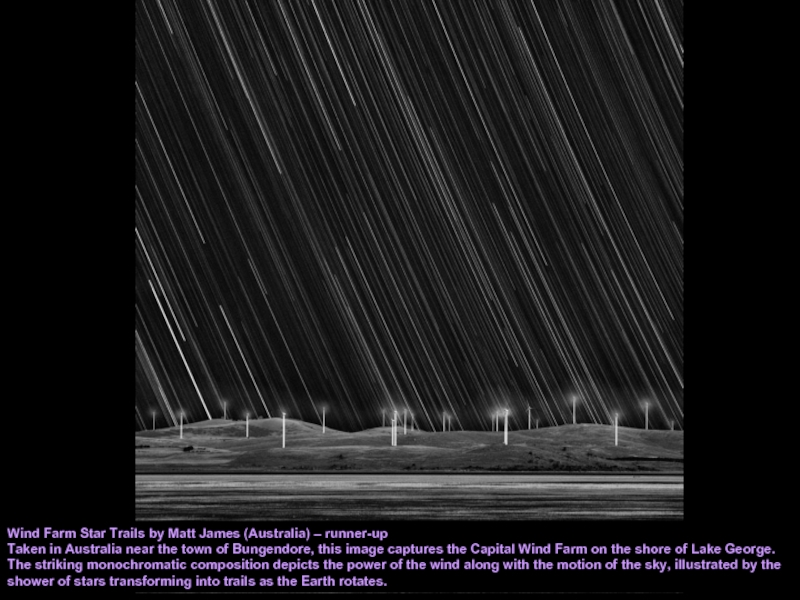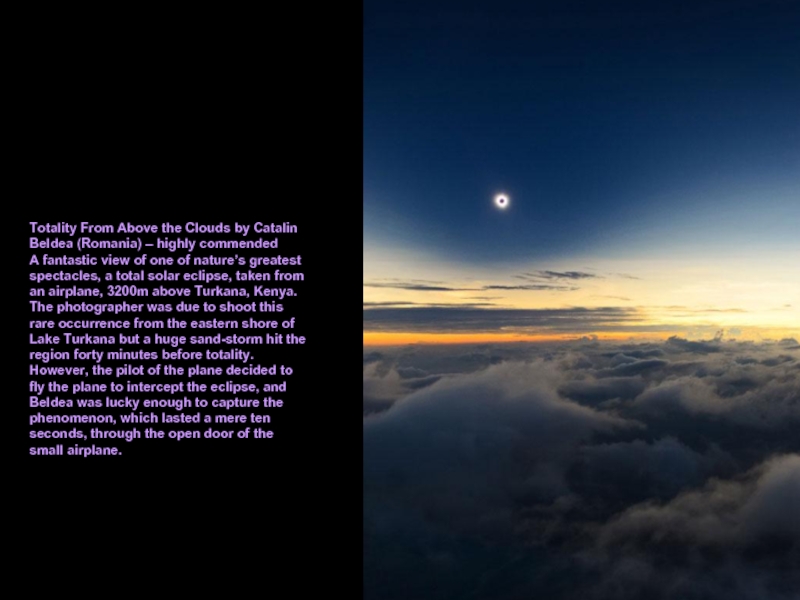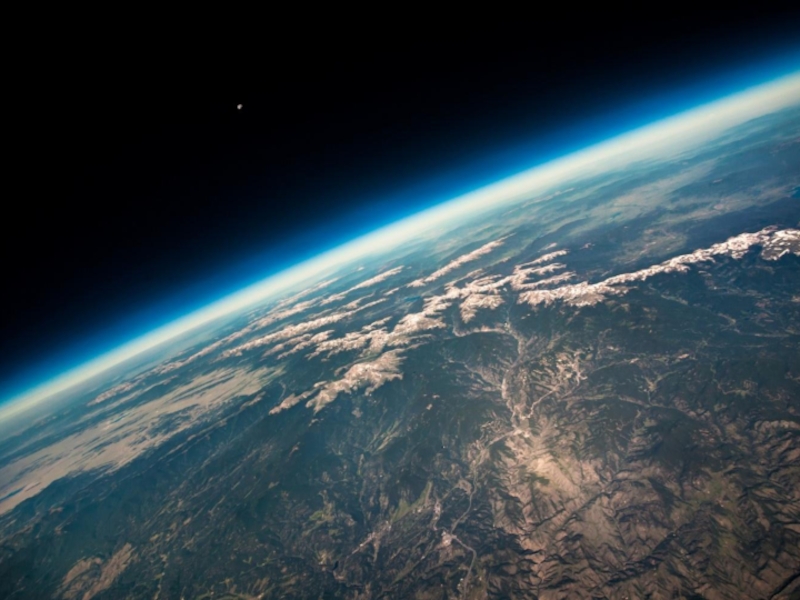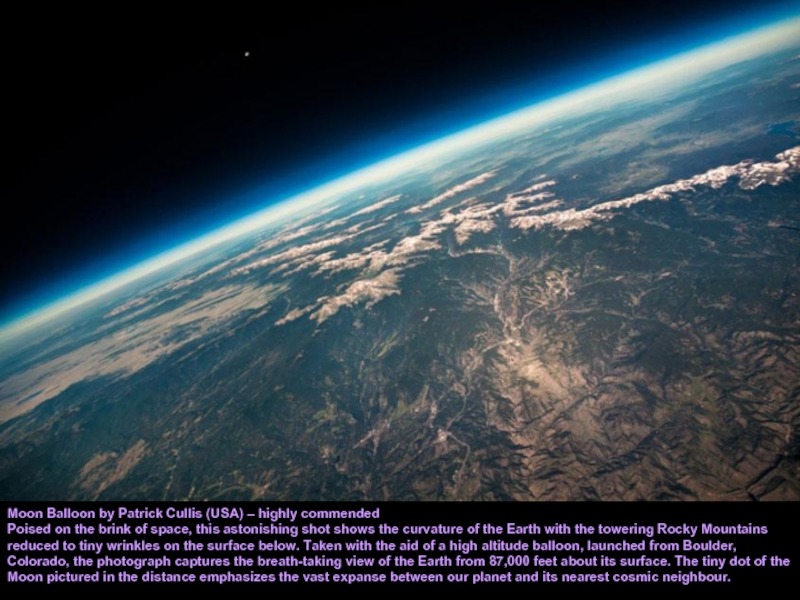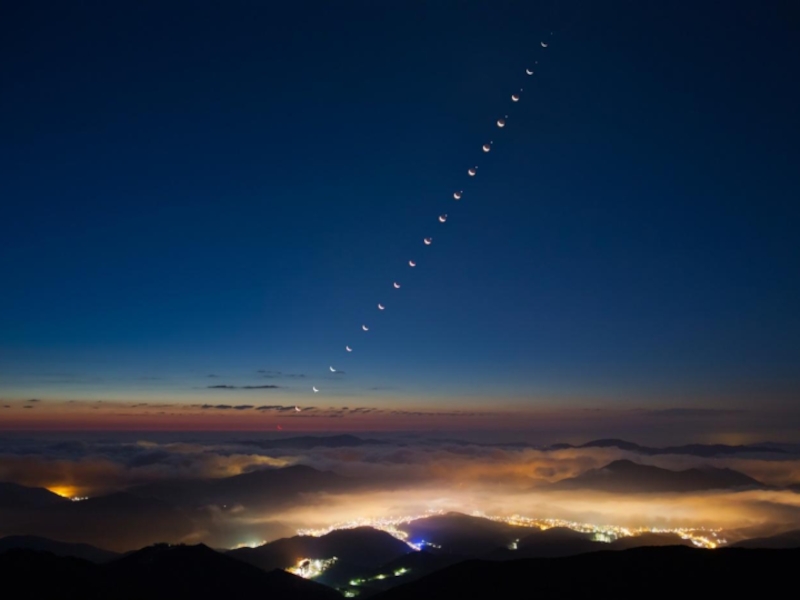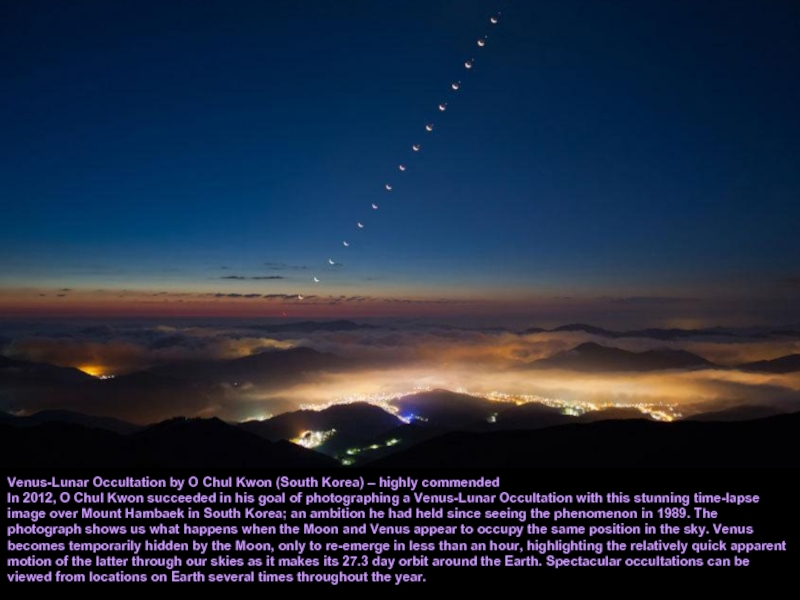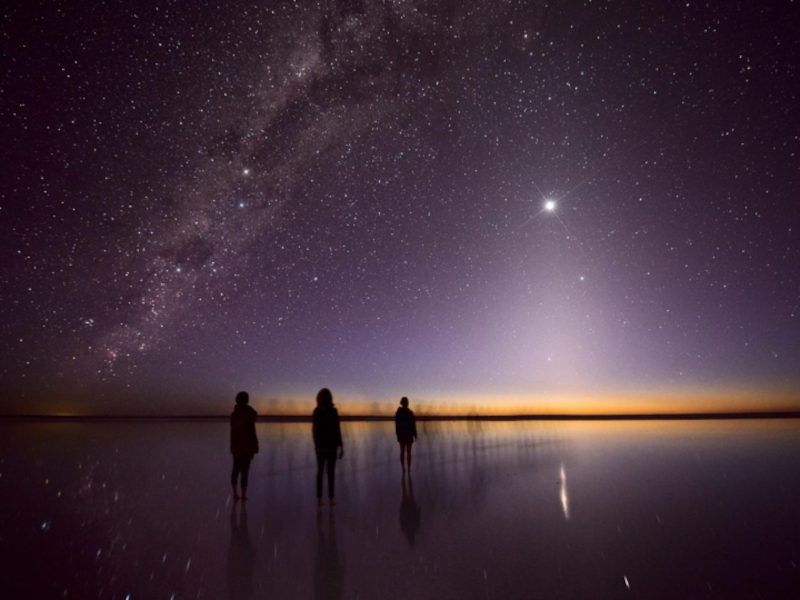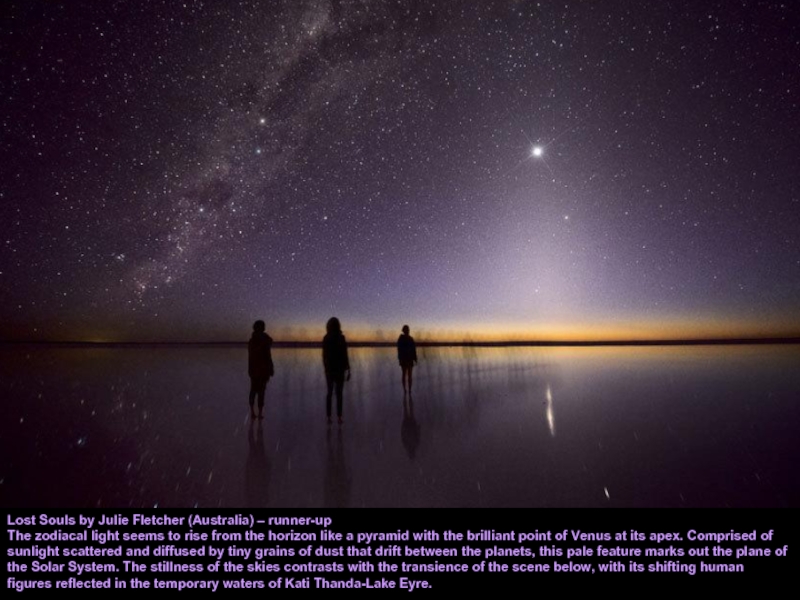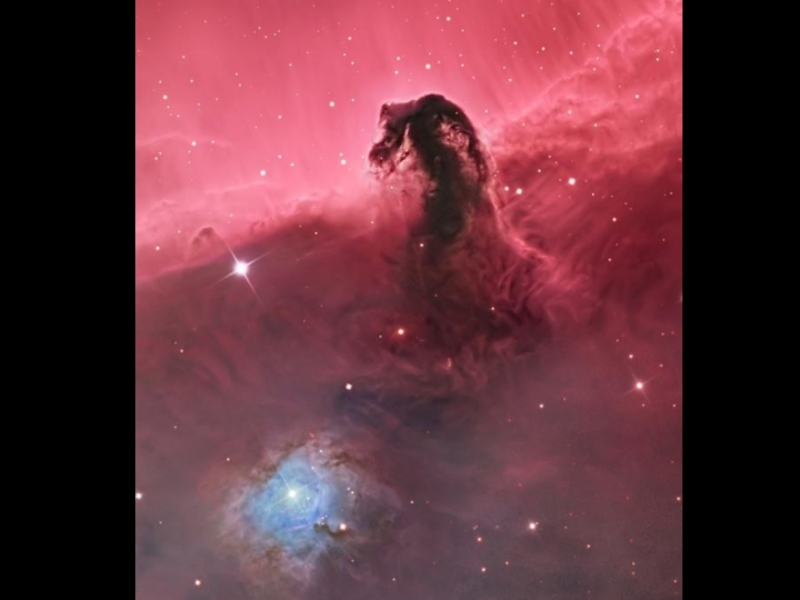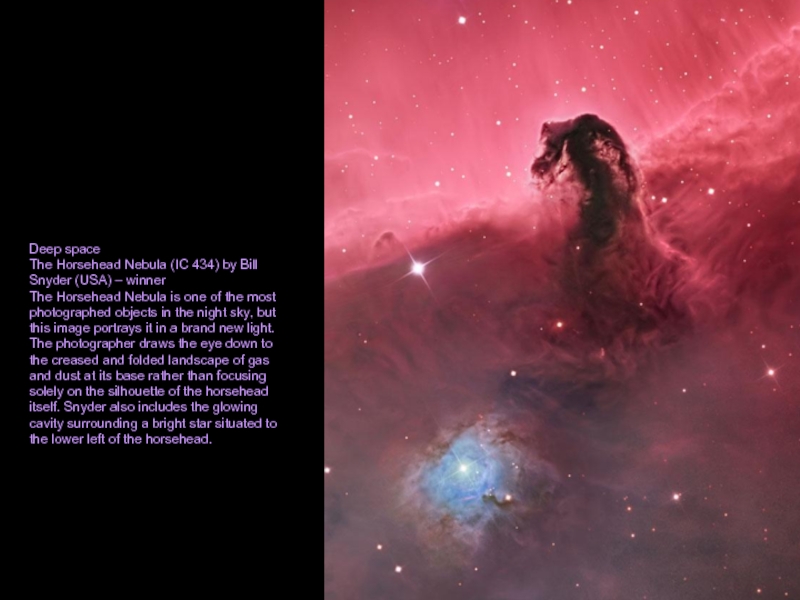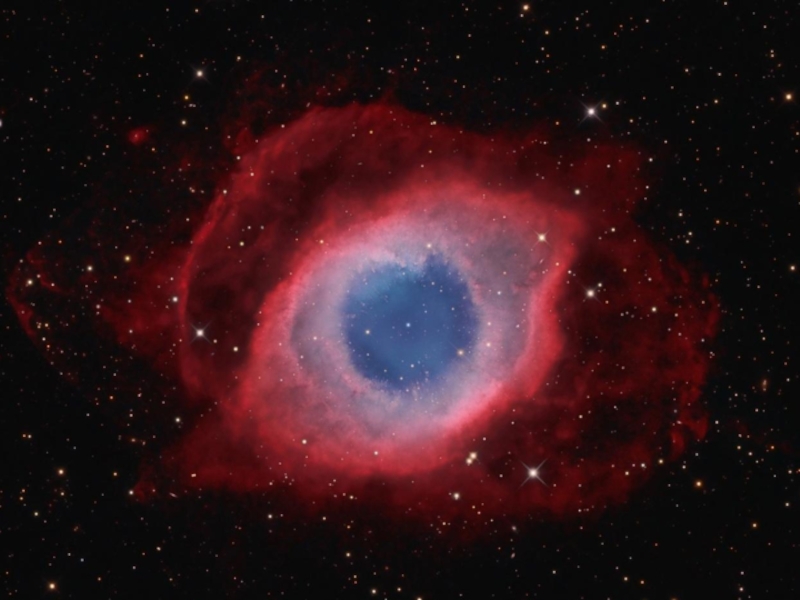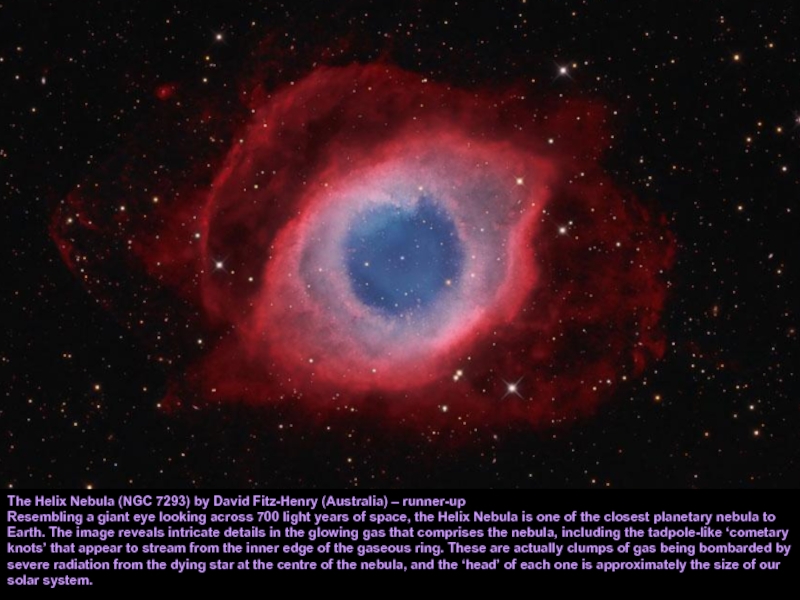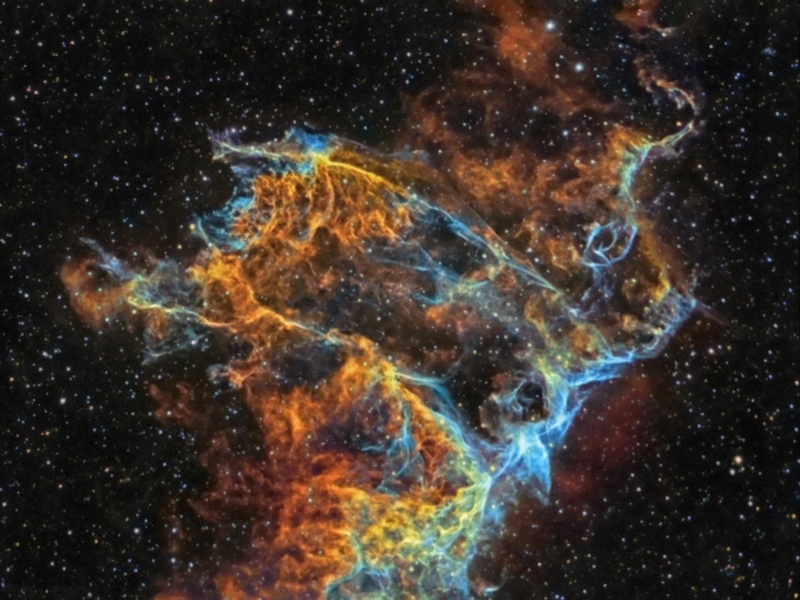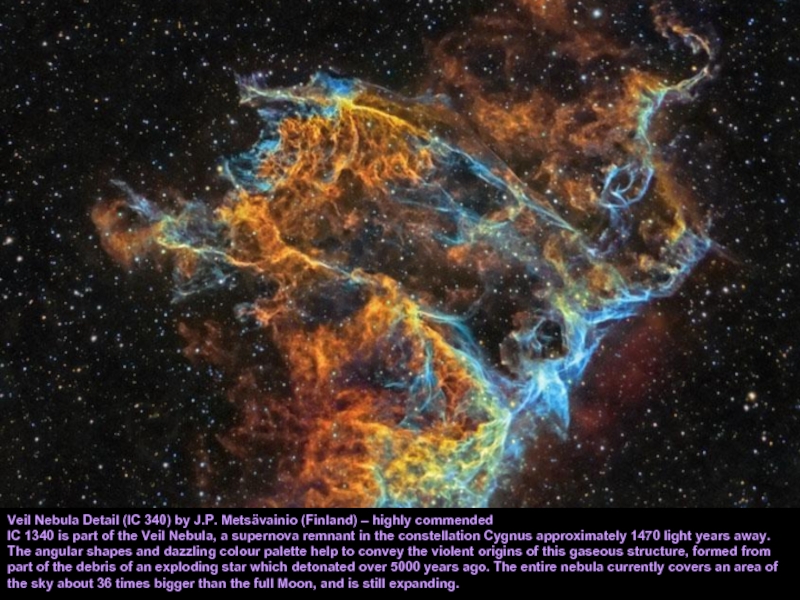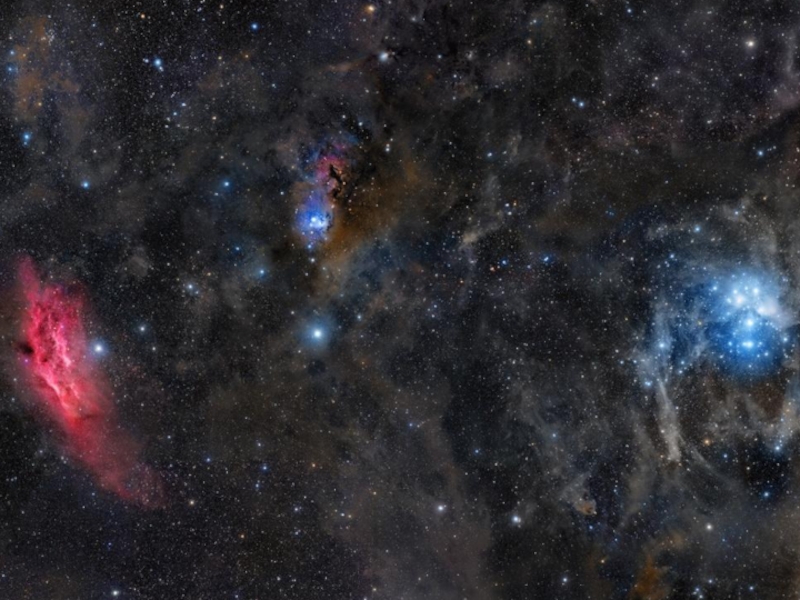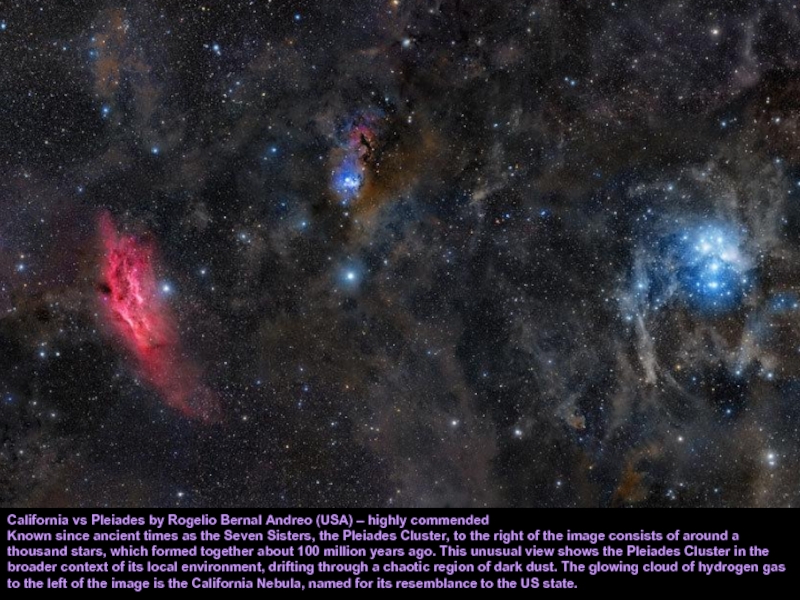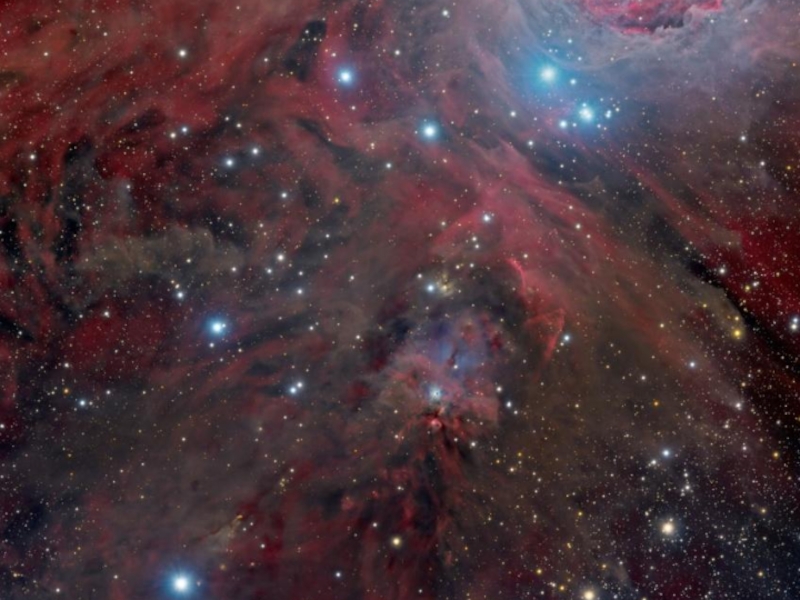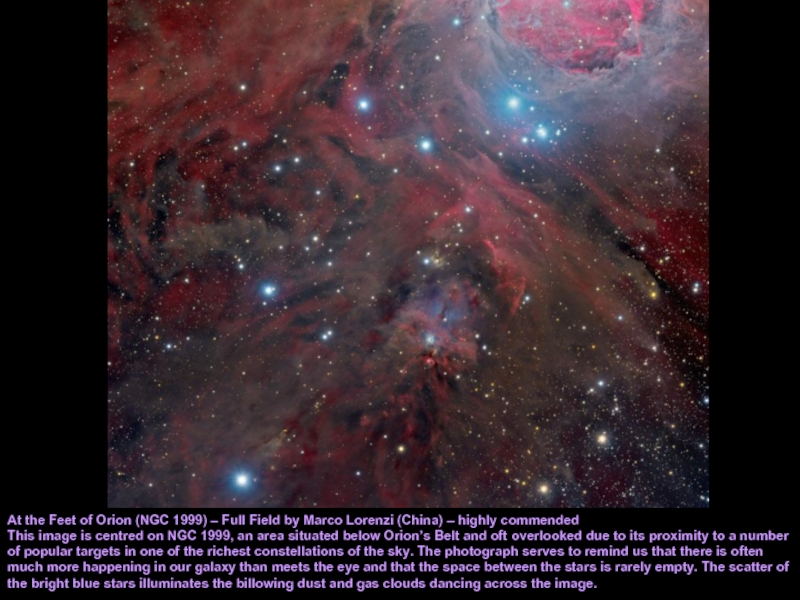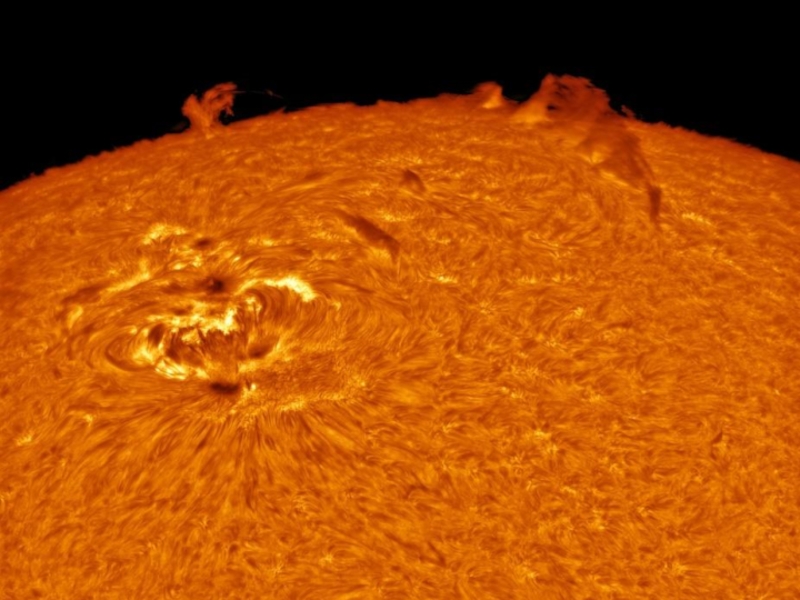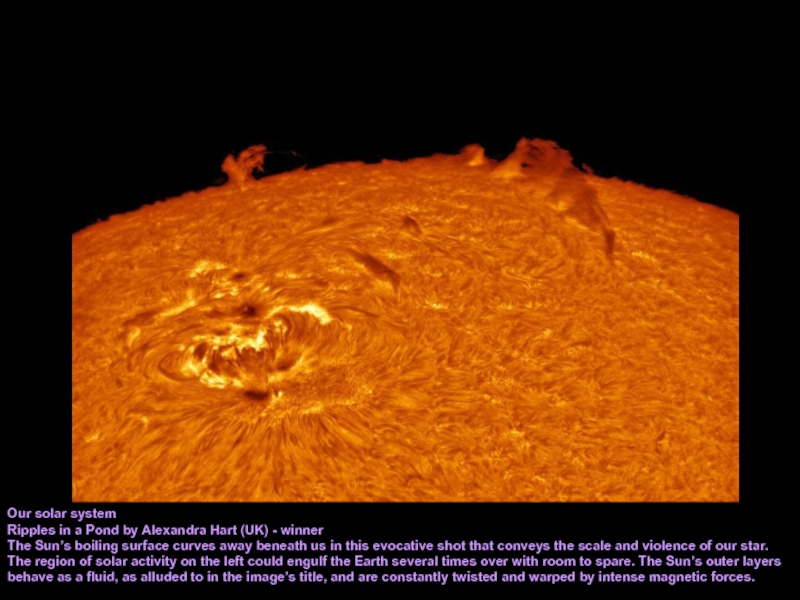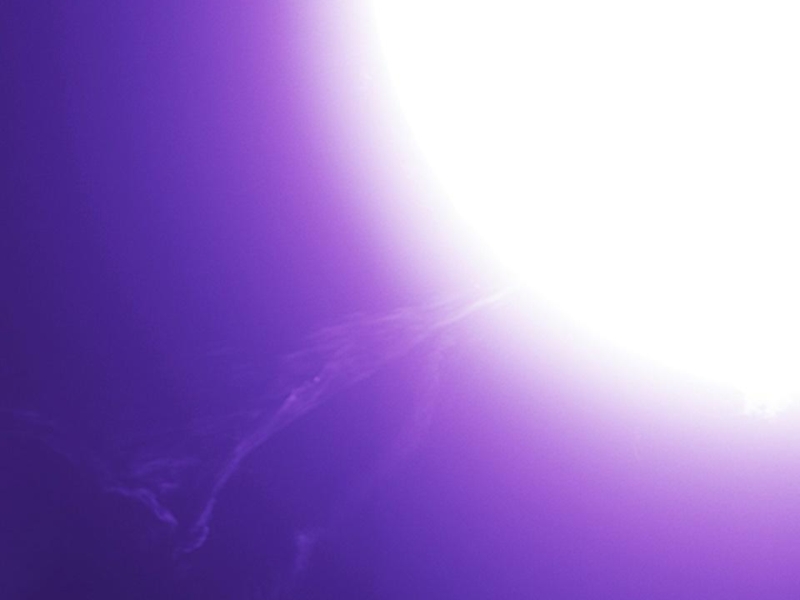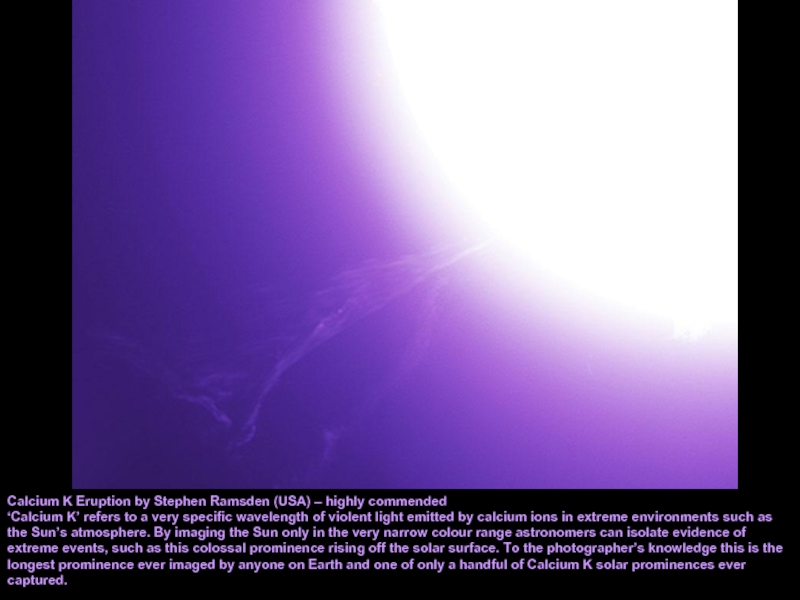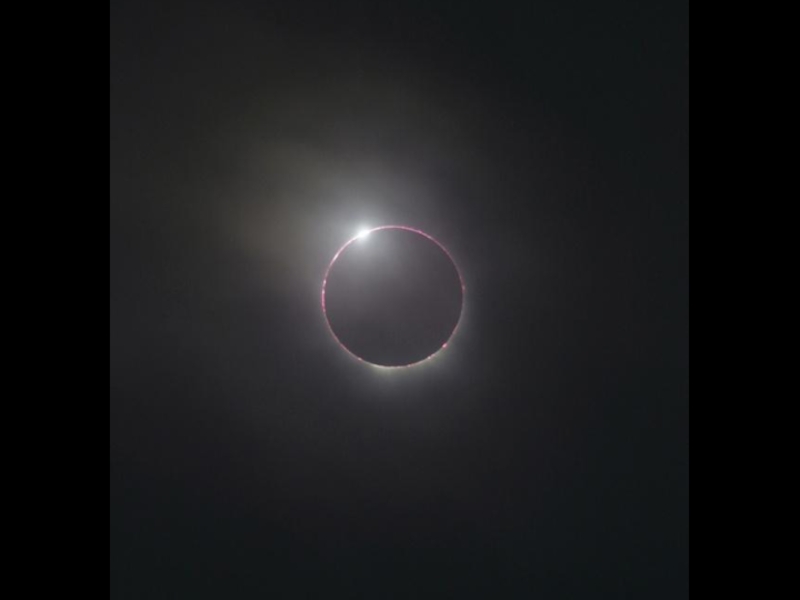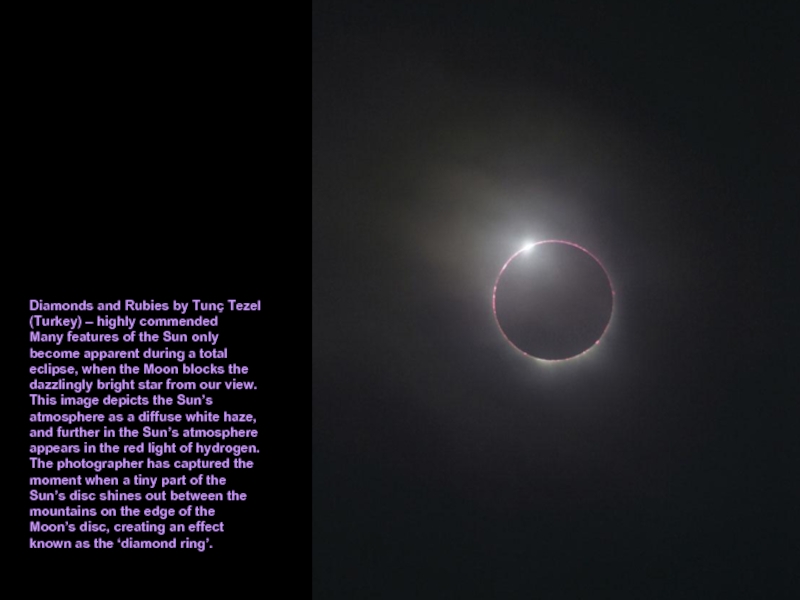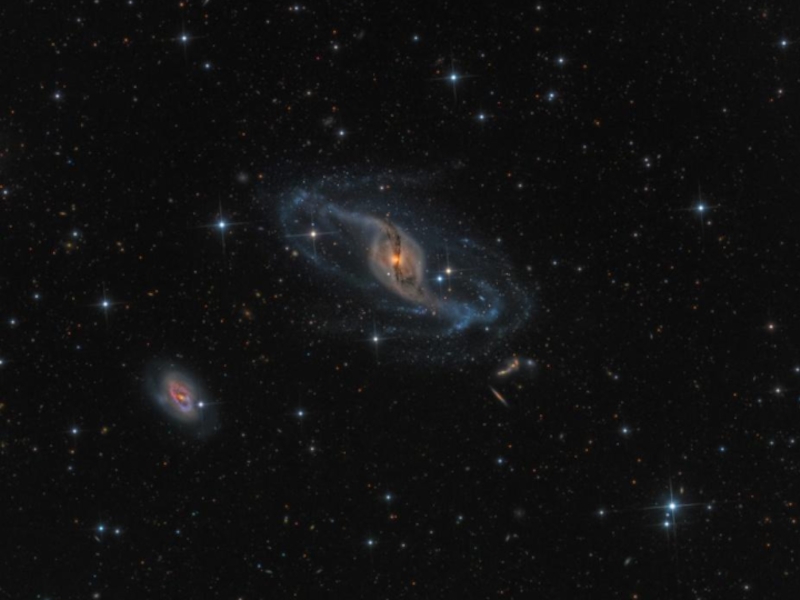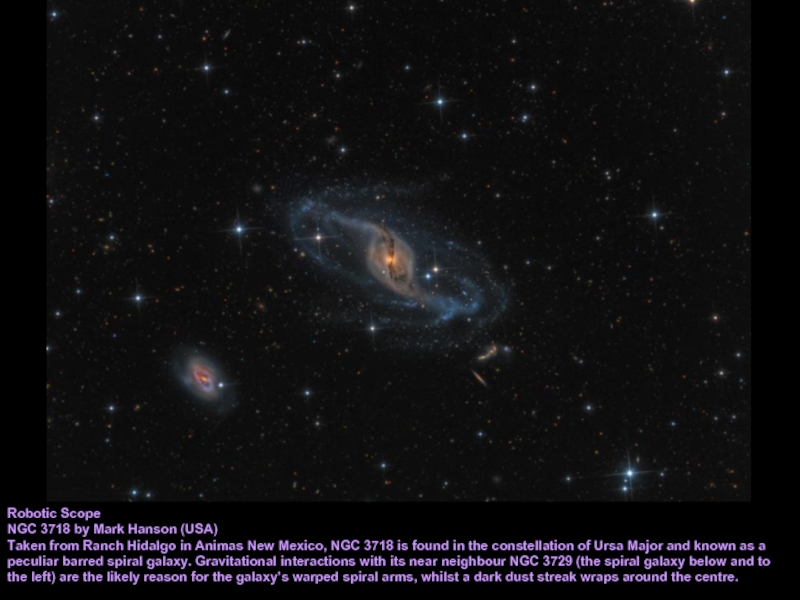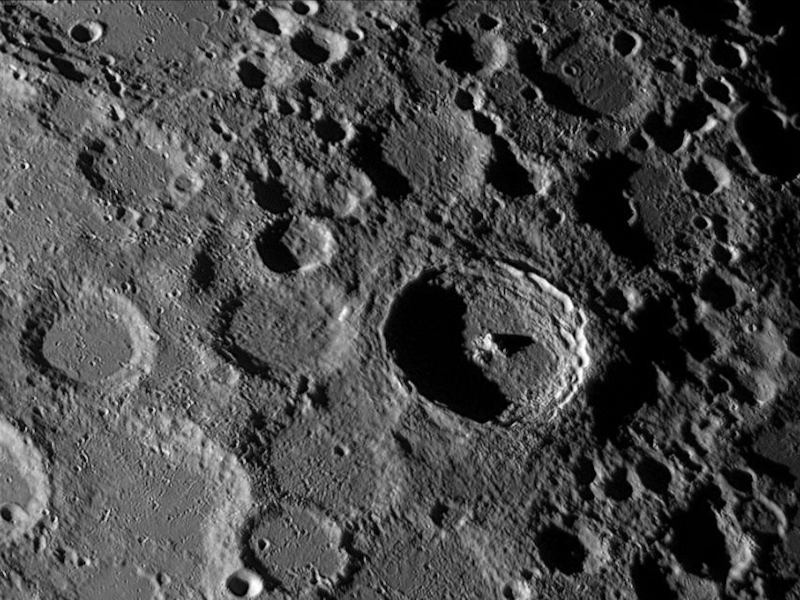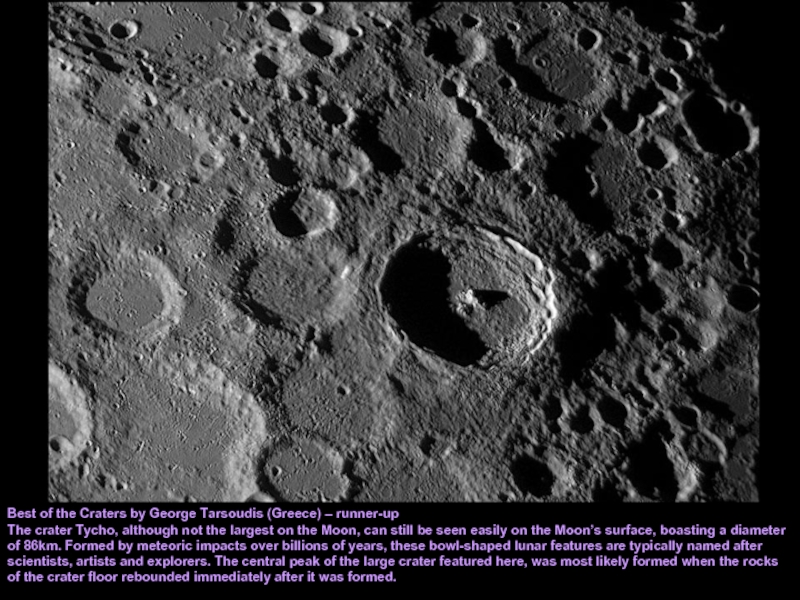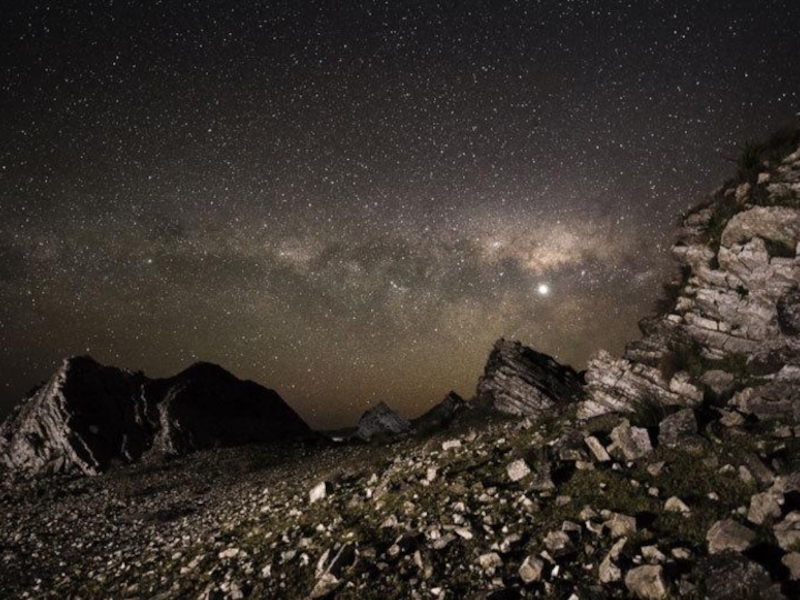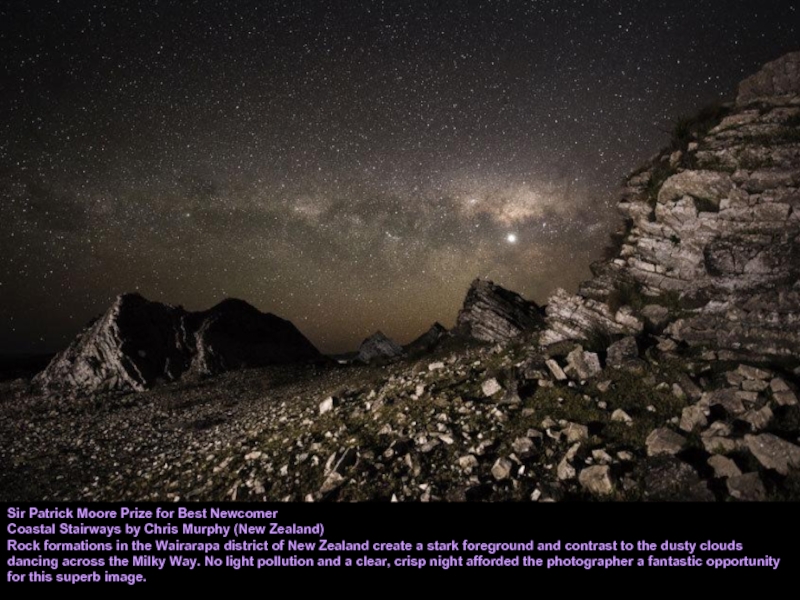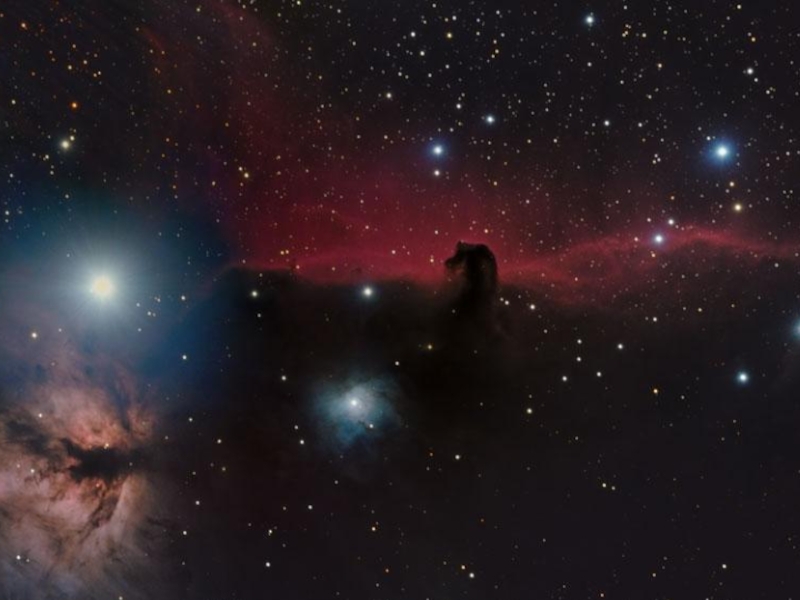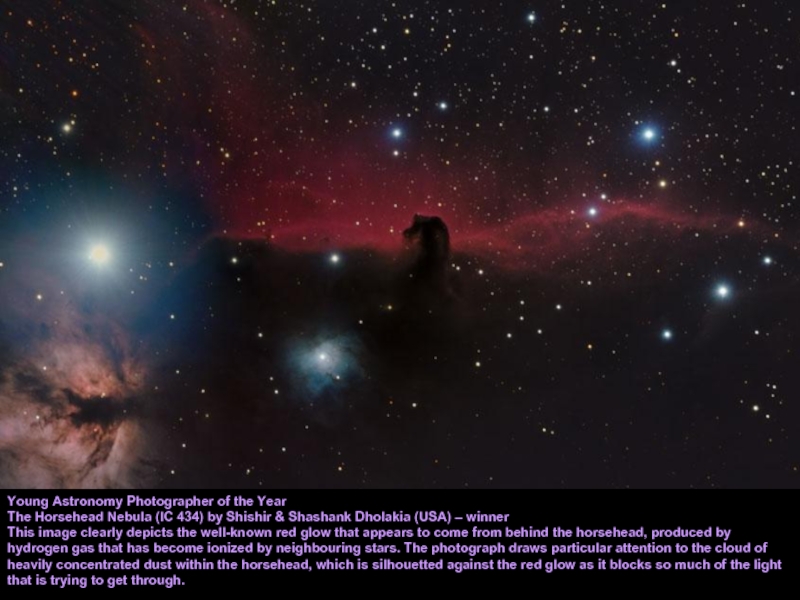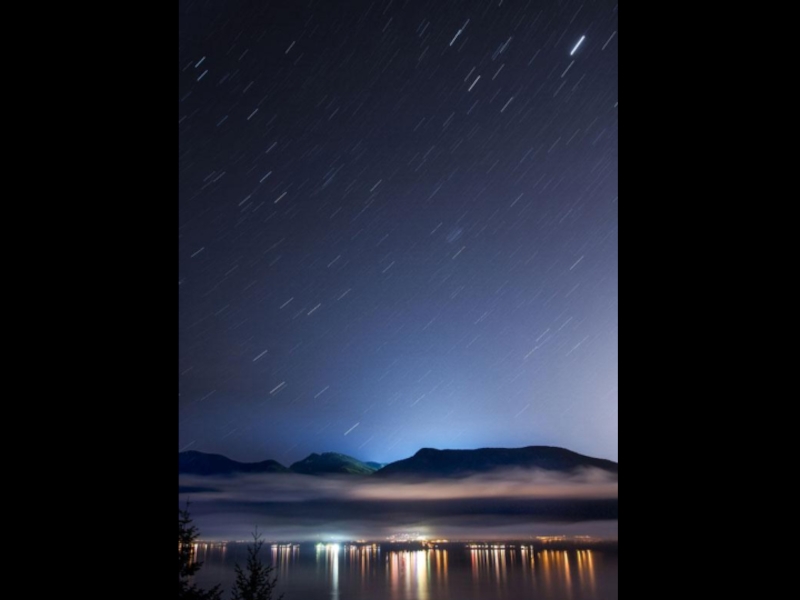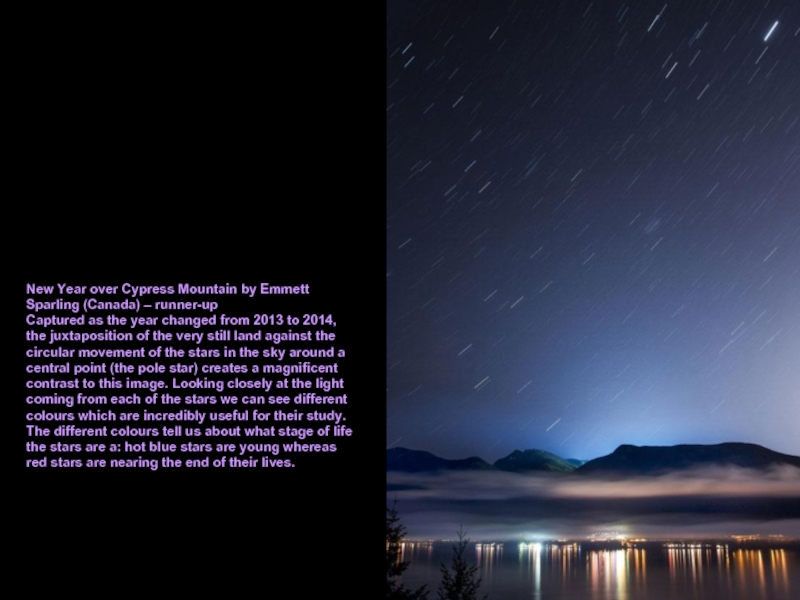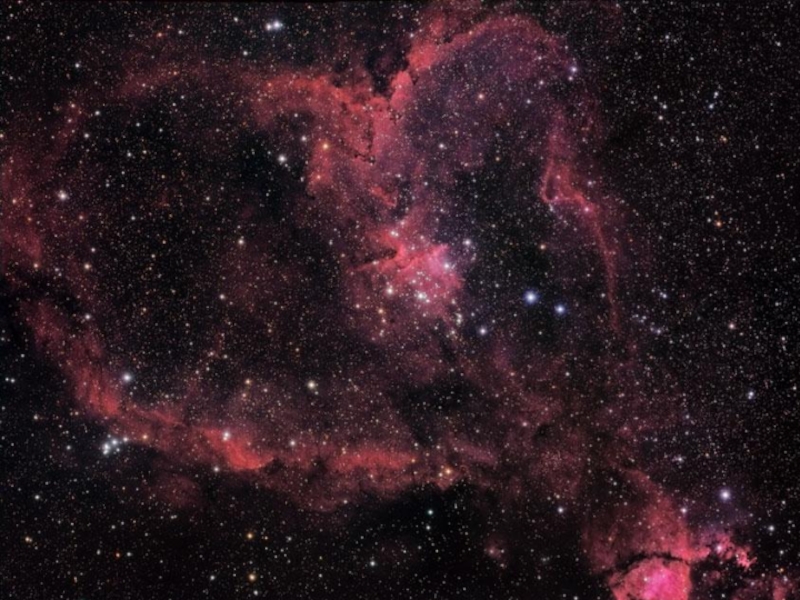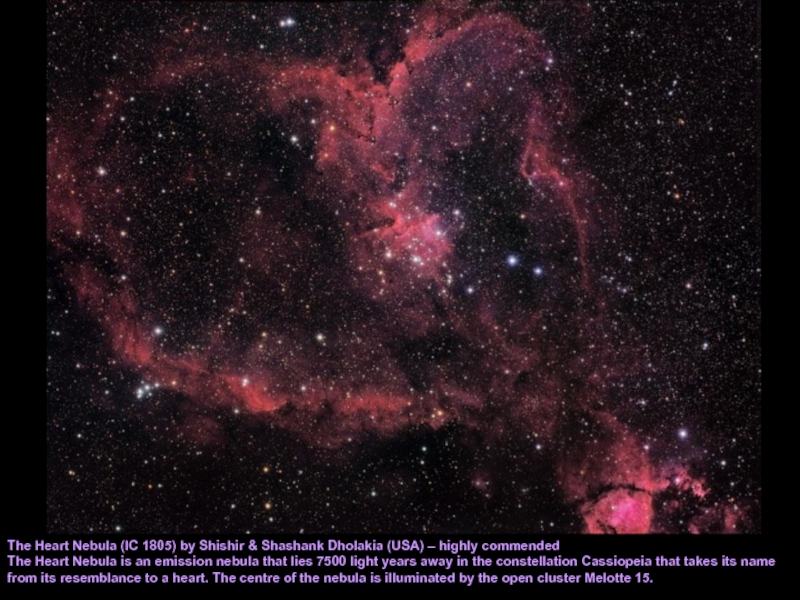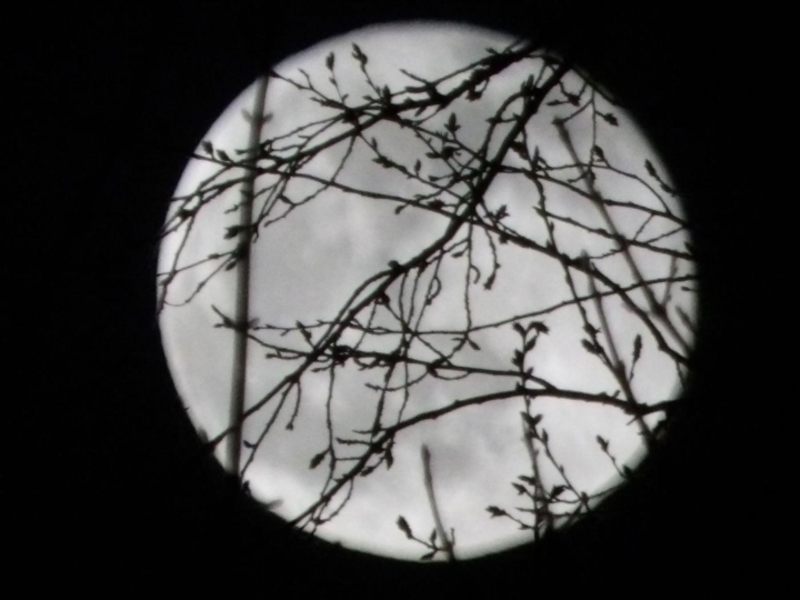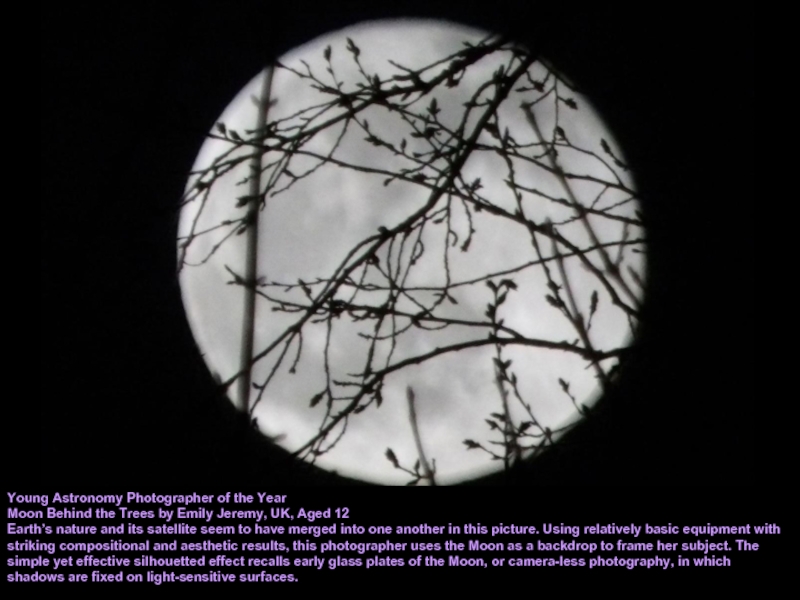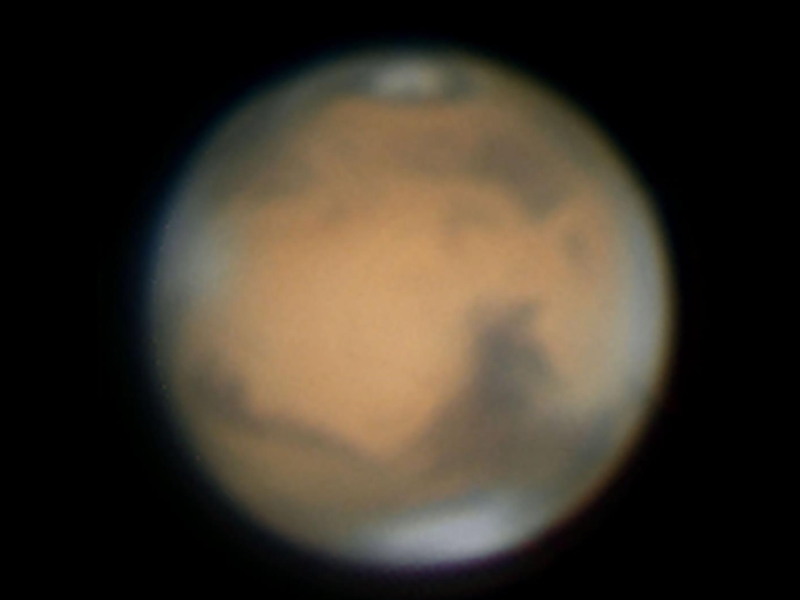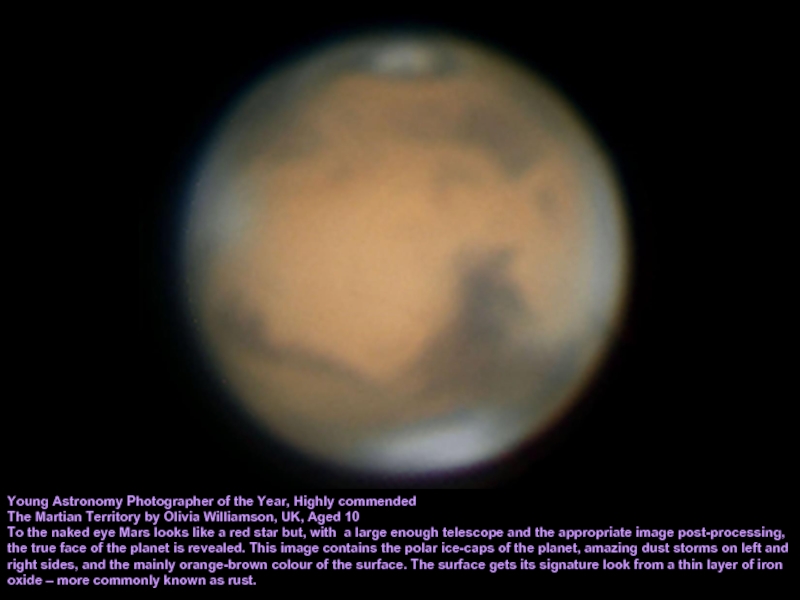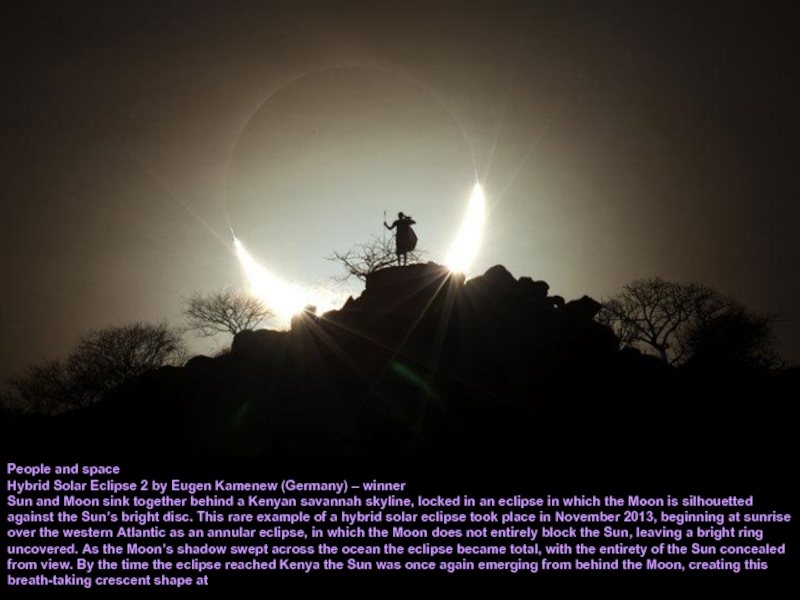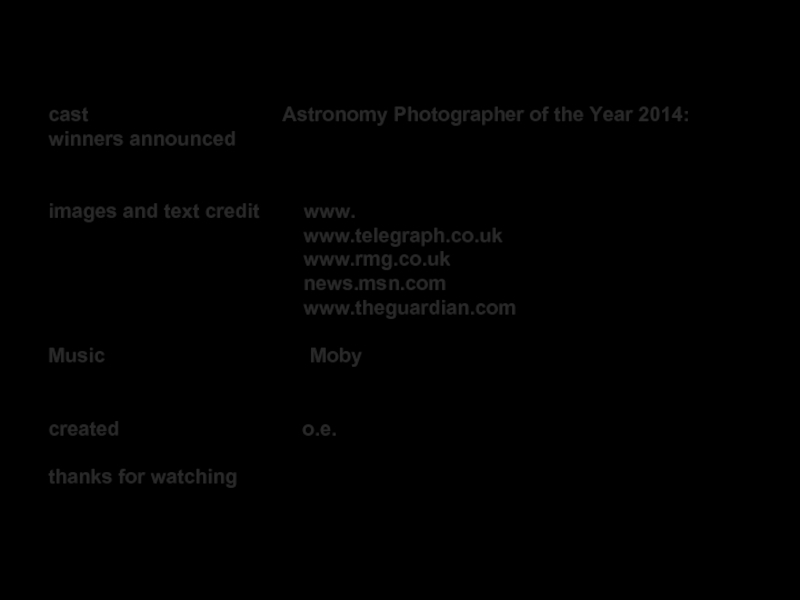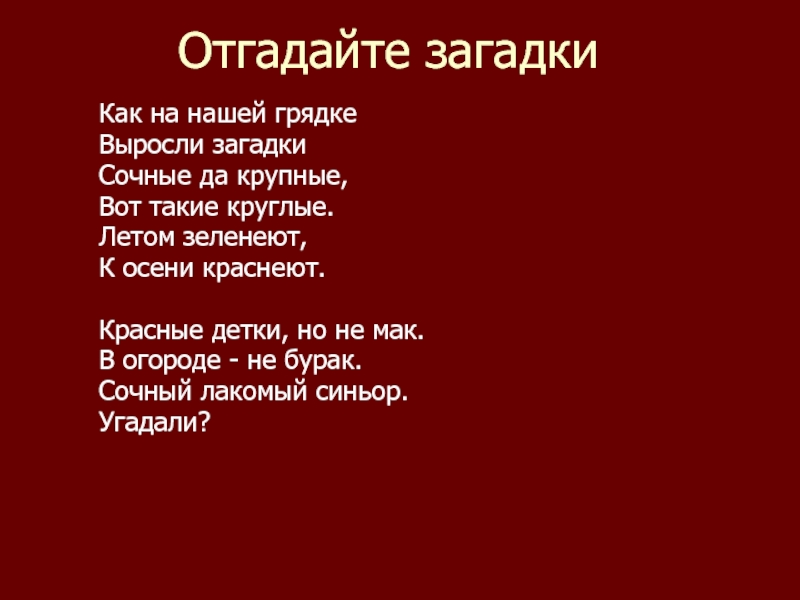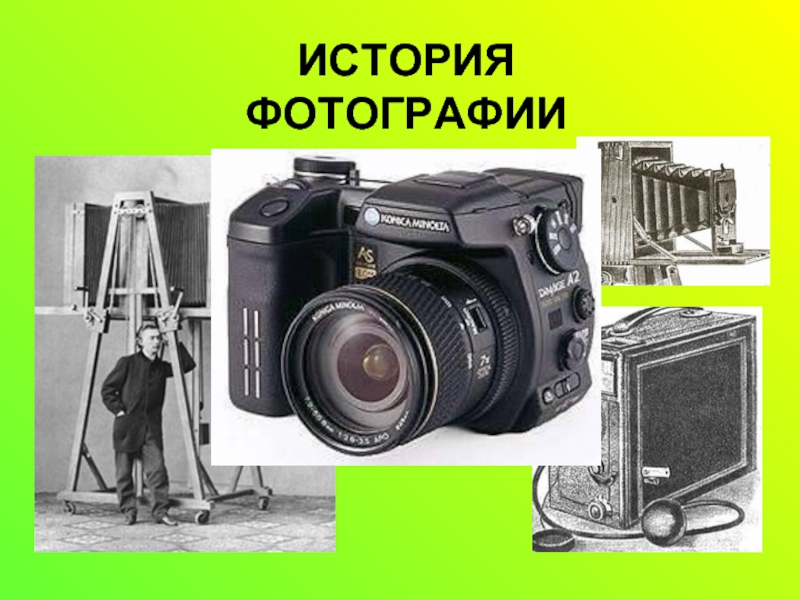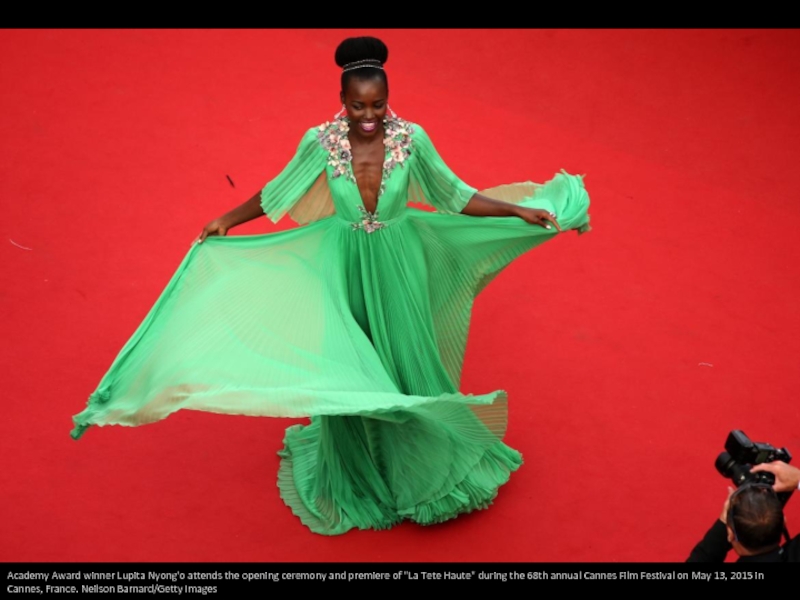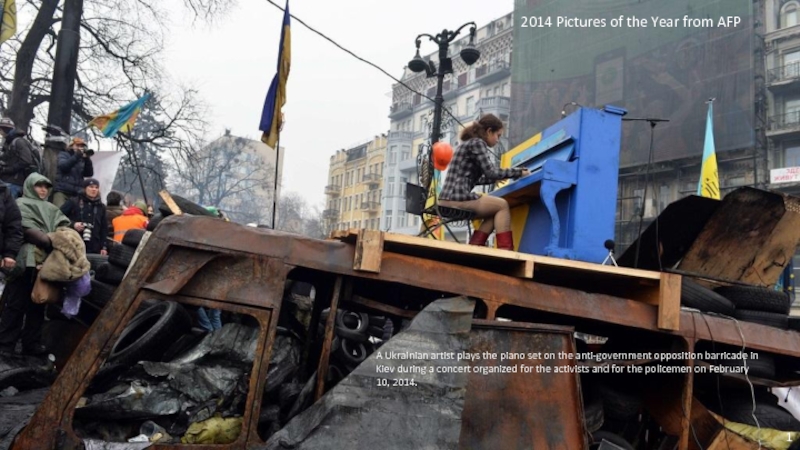- Главная
- Разное
- Дизайн
- Бизнес и предпринимательство
- Аналитика
- Образование
- Развлечения
- Красота и здоровье
- Финансы
- Государство
- Путешествия
- Спорт
- Недвижимость
- Армия
- Графика
- Культурология
- Еда и кулинария
- Лингвистика
- Английский язык
- Астрономия
- Алгебра
- Биология
- География
- Детские презентации
- Информатика
- История
- Литература
- Маркетинг
- Математика
- Медицина
- Менеджмент
- Музыка
- МХК
- Немецкий язык
- ОБЖ
- Обществознание
- Окружающий мир
- Педагогика
- Русский язык
- Технология
- Физика
- Философия
- Химия
- Шаблоны, картинки для презентаций
- Экология
- Экономика
- Юриспруденция
Astronomy Photographer of the Year 2014 презентация
Содержание
- 2. Astronomy Photographer of the Year 2014: winners announced
- 3. The Royal Observatory Greenwich has announced the
- 4. Aurora over a Glacier Lagoon James
- 6. Wind Farm Star Trails by Matt James (Australia) –
- 8. Totality From Above the Clouds by Catalin Beldea (Romania)
- 10. Moon Balloon by Patrick Cullis (USA) – highly commended
- 12. Venus-Lunar Occultation by O Chul Kwon (South Korea) –
- 14. Lost Souls by Julie Fletcher (Australia) – runner-up The
- 16. Deep space The Horsehead Nebula (IC 434)
- 18. The Helix Nebula (NGC 7293) by David Fitz-Henry (Australia)
- 20. Veil Nebula Detail (IC 340) by J.P. Metsävainio (Finland)
- 22. California vs Pleiades by Rogelio Bernal Andreo (USA) –
- 24. At the Feet of Orion (NGC 1999)
- 26. Our solar system Ripples in a Pond
- 28. Calcium K Eruption by Stephen Ramsden (USA) – highly
- 30. Diamonds and Rubies by Tunç Tezel (Turkey)
- 32. Robotic Scope NGC 3718 by Mark Hanson (USA) Taken
- 34. Best of the Craters by George Tarsoudis
- 36. Sir Patrick Moore Prize for Best Newcomer
- 38. Young Astronomy Photographer of the Year The
- 40. New Year over Cypress Mountain by Emmett
- 42. The Heart Nebula (IC 1805) by Shishir
- 44. Young Astronomy Photographer of the Year Moon
- 46. Young Astronomy Photographer of the Year, Highly
- 48. People and space Hybrid Solar Eclipse 2
- 49. end
- 50. cast
Слайд 3The Royal Observatory Greenwich has announced the winners of this year’s
international astronomy photography competition. The observatory’s annual free exhibition, which opened on Thursday, showcases these dazzling images of the sky, ranging from within our solar system to far into deep space. British photographer James Woodend beat over a thousand amateur and professional photographers to win the top prize
Слайд 4Aurora over a Glacier Lagoon
James Woodend (UK), Earth & Space:
winner and overall winner
Aurora over a Glacier Lagoon 9 January 2014
The pale-green glow of the aurora comes from oxygen atoms high in the atmosphere, energized by subatomic particles blasted out by the Sun. The particles are funnelled down towards the north and south poles by the Earth’s magnetic field, which is why these spectacular light shows are so often juxtaposed with the frozen scenery of the Arctic and Antarctic regions. Here the photographer has skilfully captured the delicate, icy colouration of land, water and sky.
Aurora over a Glacier Lagoon 9 January 2014
The pale-green glow of the aurora comes from oxygen atoms high in the atmosphere, energized by subatomic particles blasted out by the Sun. The particles are funnelled down towards the north and south poles by the Earth’s magnetic field, which is why these spectacular light shows are so often juxtaposed with the frozen scenery of the Arctic and Antarctic regions. Here the photographer has skilfully captured the delicate, icy colouration of land, water and sky.
Слайд 6Wind Farm Star Trails by Matt James (Australia) – runner-up
Taken in Australia near
the town of Bungendore, this image captures the Capital Wind Farm on the shore of Lake George. The striking monochromatic composition depicts the power of the wind along with the motion of the sky, illustrated by the shower of stars transforming into trails as the Earth rotates.
Слайд 8Totality From Above the Clouds by Catalin Beldea (Romania) – highly commended
A fantastic
view of one of nature’s greatest spectacles, a total solar eclipse, taken from an airplane, 3200m above Turkana, Kenya. The photographer was due to shoot this rare occurrence from the eastern shore of Lake Turkana but a huge sand-storm hit the region forty minutes before totality. However, the pilot of the plane decided to fly the plane to intercept the eclipse, and Beldea was lucky enough to capture the phenomenon, which lasted a mere ten seconds, through the open door of the small airplane.
Слайд 10Moon Balloon by Patrick Cullis (USA) – highly commended
Poised on the brink of
space, this astonishing shot shows the curvature of the Earth with the towering Rocky Mountains reduced to tiny wrinkles on the surface below. Taken with the aid of a high altitude balloon, launched from Boulder, Colorado, the photograph captures the breath-taking view of the Earth from 87,000 feet about its surface. The tiny dot of the Moon pictured in the distance emphasizes the vast expanse between our planet and its nearest cosmic neighbour.
Слайд 12Venus-Lunar Occultation by O Chul Kwon (South Korea) – highly commended
In 2012, O
Chul Kwon succeeded in his goal of photographing a Venus-Lunar Occultation with this stunning time-lapse image over Mount Hambaek in South Korea; an ambition he had held since seeing the phenomenon in 1989. The photograph shows us what happens when the Moon and Venus appear to occupy the same position in the sky. Venus becomes temporarily hidden by the Moon, only to re-emerge in less than an hour, highlighting the relatively quick apparent motion of the latter through our skies as it makes its 27.3 day orbit around the Earth. Spectacular occultations can be viewed from locations on Earth several times throughout the year.
Слайд 14Lost Souls by Julie Fletcher (Australia) – runner-up
The zodiacal light seems to rise
from the horizon like a pyramid with the brilliant point of Venus at its apex. Comprised of sunlight scattered and diffused by tiny grains of dust that drift between the planets, this pale feature marks out the plane of the Solar System. The stillness of the skies contrasts with the transience of the scene below, with its shifting human figures reflected in the temporary waters of Kati Thanda-Lake Eyre.
Слайд 16Deep space
The Horsehead Nebula (IC 434) by Bill Snyder (USA) –
winner
The Horsehead Nebula is one of the most photographed objects in the night sky, but this image portrays it in a brand new light. The photographer draws the eye down to the creased and folded landscape of gas and dust at its base rather than focusing solely on the silhouette of the horsehead itself. Snyder also includes the glowing cavity surrounding a bright star situated to the lower left of the horsehead.
The Horsehead Nebula is one of the most photographed objects in the night sky, but this image portrays it in a brand new light. The photographer draws the eye down to the creased and folded landscape of gas and dust at its base rather than focusing solely on the silhouette of the horsehead itself. Snyder also includes the glowing cavity surrounding a bright star situated to the lower left of the horsehead.
Слайд 18The Helix Nebula (NGC 7293) by David Fitz-Henry (Australia) – runner-up
Resembling a giant
eye looking across 700 light years of space, the Helix Nebula is one of the closest planetary nebula to Earth. The image reveals intricate details in the glowing gas that comprises the nebula, including the tadpole-like ‘cometary knots’ that appear to stream from the inner edge of the gaseous ring. These are actually clumps of gas being bombarded by severe radiation from the dying star at the centre of the nebula, and the ‘head’ of each one is approximately the size of our solar system.
Слайд 20Veil Nebula Detail (IC 340) by J.P. Metsävainio (Finland) – highly commended
IC 1340
is part of the Veil Nebula, a supernova remnant in the constellation Cygnus approximately 1470 light years away. The angular shapes and dazzling colour palette help to convey the violent origins of this gaseous structure, formed from part of the debris of an exploding star which detonated over 5000 years ago. The entire nebula currently covers an area of the sky about 36 times bigger than the full Moon, and is still expanding.
Слайд 22California vs Pleiades by Rogelio Bernal Andreo (USA) – highly commended
Known since ancient
times as the Seven Sisters, the Pleiades Cluster, to the right of the image consists of around a thousand stars, which formed together about 100 million years ago. This unusual view shows the Pleiades Cluster in the broader context of its local environment, drifting through a chaotic region of dark dust. The glowing cloud of hydrogen gas to the left of the image is the California Nebula, named for its resemblance to the US state.
Слайд 24At the Feet of Orion (NGC 1999) – Full Field by Marco
Lorenzi (China) – highly commended
This image is centred on NGC 1999, an area situated below Orion’s Belt and oft overlooked due to its proximity to a number of popular targets in one of the richest constellations of the sky. The photograph serves to remind us that there is often much more happening in our galaxy than meets the eye and that the space between the stars is rarely empty. The scatter of the bright blue stars illuminates the billowing dust and gas clouds dancing across the image.
This image is centred on NGC 1999, an area situated below Orion’s Belt and oft overlooked due to its proximity to a number of popular targets in one of the richest constellations of the sky. The photograph serves to remind us that there is often much more happening in our galaxy than meets the eye and that the space between the stars is rarely empty. The scatter of the bright blue stars illuminates the billowing dust and gas clouds dancing across the image.
Слайд 26Our solar system
Ripples in a Pond by Alexandra Hart (UK) -
winner
The Sun’s boiling surface curves away beneath us in this evocative shot that conveys the scale and violence of our star. The region of solar activity on the left could engulf the Earth several times over with room to spare. The Sun’s outer layers behave as a fluid, as alluded to in the image’s title, and are constantly twisted and warped by intense magnetic forces.
The Sun’s boiling surface curves away beneath us in this evocative shot that conveys the scale and violence of our star. The region of solar activity on the left could engulf the Earth several times over with room to spare. The Sun’s outer layers behave as a fluid, as alluded to in the image’s title, and are constantly twisted and warped by intense magnetic forces.
Слайд 28Calcium K Eruption by Stephen Ramsden (USA) – highly commended
‘Calcium K’ refers to
a very specific wavelength of violent light emitted by calcium ions in extreme environments such as the Sun’s atmosphere. By imaging the Sun only in the very narrow colour range astronomers can isolate evidence of extreme events, such as this colossal prominence rising off the solar surface. To the photographer’s knowledge this is the longest prominence ever imaged by anyone on Earth and one of only a handful of Calcium K solar prominences ever captured.
Слайд 30Diamonds and Rubies by Tunç Tezel (Turkey) – highly commended
Many features
of the Sun only become apparent during a total eclipse, when the Moon blocks the dazzlingly bright star from our view. This image depicts the Sun’s atmosphere as a diffuse white haze, and further in the Sun’s atmosphere appears in the red light of hydrogen. The photographer has captured the moment when a tiny part of the Sun’s disc shines out between the mountains on the edge of the Moon’s disc, creating an effect known as the ‘diamond ring’.
Слайд 32Robotic Scope
NGC 3718 by Mark Hanson (USA)
Taken from Ranch Hidalgo in Animas New
Mexico, NGC 3718 is found in the constellation of Ursa Major and known as a peculiar barred spiral galaxy. Gravitational interactions with its near neighbour NGC 3729 (the spiral galaxy below and to the left) are the likely reason for the galaxy’s warped spiral arms, whilst a dark dust streak wraps around the centre.
Слайд 34Best of the Craters by George Tarsoudis (Greece) – runner-up
The crater
Tycho, although not the largest on the Moon, can still be seen easily on the Moon’s surface, boasting a diameter of 86km. Formed by meteoric impacts over billions of years, these bowl-shaped lunar features are typically named after scientists, artists and explorers. The central peak of the large crater featured here, was most likely formed when the rocks of the crater floor rebounded immediately after it was formed.
Слайд 36Sir Patrick Moore Prize for Best Newcomer
Coastal Stairways by Chris Murphy
(New Zealand)
Rock formations in the Wairarapa district of New Zealand create a stark foreground and contrast to the dusty clouds dancing across the Milky Way. No light pollution and a clear, crisp night afforded the photographer a fantastic opportunity for this superb image.
Rock formations in the Wairarapa district of New Zealand create a stark foreground and contrast to the dusty clouds dancing across the Milky Way. No light pollution and a clear, crisp night afforded the photographer a fantastic opportunity for this superb image.
Слайд 38Young Astronomy Photographer of the Year
The Horsehead Nebula (IC 434) by
Shishir & Shashank Dholakia (USA) – winner
This image clearly depicts the well-known red glow that appears to come from behind the horsehead, produced by hydrogen gas that has become ionized by neighbouring stars. The photograph draws particular attention to the cloud of heavily concentrated dust within the horsehead, which is silhouetted against the red glow as it blocks so much of the light that is trying to get through.
This image clearly depicts the well-known red glow that appears to come from behind the horsehead, produced by hydrogen gas that has become ionized by neighbouring stars. The photograph draws particular attention to the cloud of heavily concentrated dust within the horsehead, which is silhouetted against the red glow as it blocks so much of the light that is trying to get through.
Слайд 40New Year over Cypress Mountain by Emmett Sparling (Canada) – runner-up
Captured
as the year changed from 2013 to 2014, the juxtaposition of the very still land against the circular movement of the stars in the sky around a central point (the pole star) creates a magnificent contrast to this image. Looking closely at the light coming from each of the stars we can see different colours which are incredibly useful for their study. The different colours tell us about what stage of life the stars are a: hot blue stars are young whereas red stars are nearing the end of their lives.
Слайд 42The Heart Nebula (IC 1805) by Shishir & Shashank Dholakia (USA)
– highly commended
The Heart Nebula is an emission nebula that lies 7500 light years away in the constellation Cassiopeia that takes its name from its resemblance to a heart. The centre of the nebula is illuminated by the open cluster Melotte 15.
The Heart Nebula is an emission nebula that lies 7500 light years away in the constellation Cassiopeia that takes its name from its resemblance to a heart. The centre of the nebula is illuminated by the open cluster Melotte 15.
Слайд 44Young Astronomy Photographer of the Year
Moon Behind the Trees by Emily
Jeremy, UK, Aged 12
Earth’s nature and its satellite seem to have merged into one another in this picture. Using relatively basic equipment with striking compositional and aesthetic results, this photographer uses the Moon as a backdrop to frame her subject. The simple yet effective silhouetted effect recalls early glass plates of the Moon, or camera-less photography, in which shadows are fixed on light-sensitive surfaces.
Earth’s nature and its satellite seem to have merged into one another in this picture. Using relatively basic equipment with striking compositional and aesthetic results, this photographer uses the Moon as a backdrop to frame her subject. The simple yet effective silhouetted effect recalls early glass plates of the Moon, or camera-less photography, in which shadows are fixed on light-sensitive surfaces.
Слайд 46Young Astronomy Photographer of the Year, Highly commended
The Martian Territory by
Olivia Williamson, UK, Aged 10
To the naked eye Mars looks like a red star but, with a large enough telescope and the appropriate image post-processing, the true face of the planet is revealed. This image contains the polar ice-caps of the planet, amazing dust storms on left and right sides, and the mainly orange-brown colour of the surface. The surface gets its signature look from a thin layer of iron oxide – more commonly known as rust.
To the naked eye Mars looks like a red star but, with a large enough telescope and the appropriate image post-processing, the true face of the planet is revealed. This image contains the polar ice-caps of the planet, amazing dust storms on left and right sides, and the mainly orange-brown colour of the surface. The surface gets its signature look from a thin layer of iron oxide – more commonly known as rust.
Слайд 48People and space
Hybrid Solar Eclipse 2 by Eugen Kamenew (Germany) – winner
Sun and
Moon sink together behind a Kenyan savannah skyline, locked in an eclipse in which the Moon is silhouetted against the Sun’s bright disc. This rare example of a hybrid solar eclipse took place in November 2013, beginning at sunrise over the western Atlantic as an annular eclipse, in which the Moon does not entirely block the Sun, leaving a bright ring uncovered. As the Moon’s shadow swept across the ocean the eclipse became total, with the entirety of the Sun concealed from view. By the time the eclipse reached Kenya the Sun was once again emerging from behind the Moon, creating this breath-taking crescent shape at
Слайд 50cast
Astronomy Photographer of the Year 2014: winners announced
images and text credit www.
www.telegraph.co.uk
www.rmg.co.uk
news.msn.com
www.theguardian.com
Music Moby
created o.e. thanks for watching
images and text credit www.
www.telegraph.co.uk
www.rmg.co.uk
news.msn.com
www.theguardian.com
Music Moby
created o.e. thanks for watching
